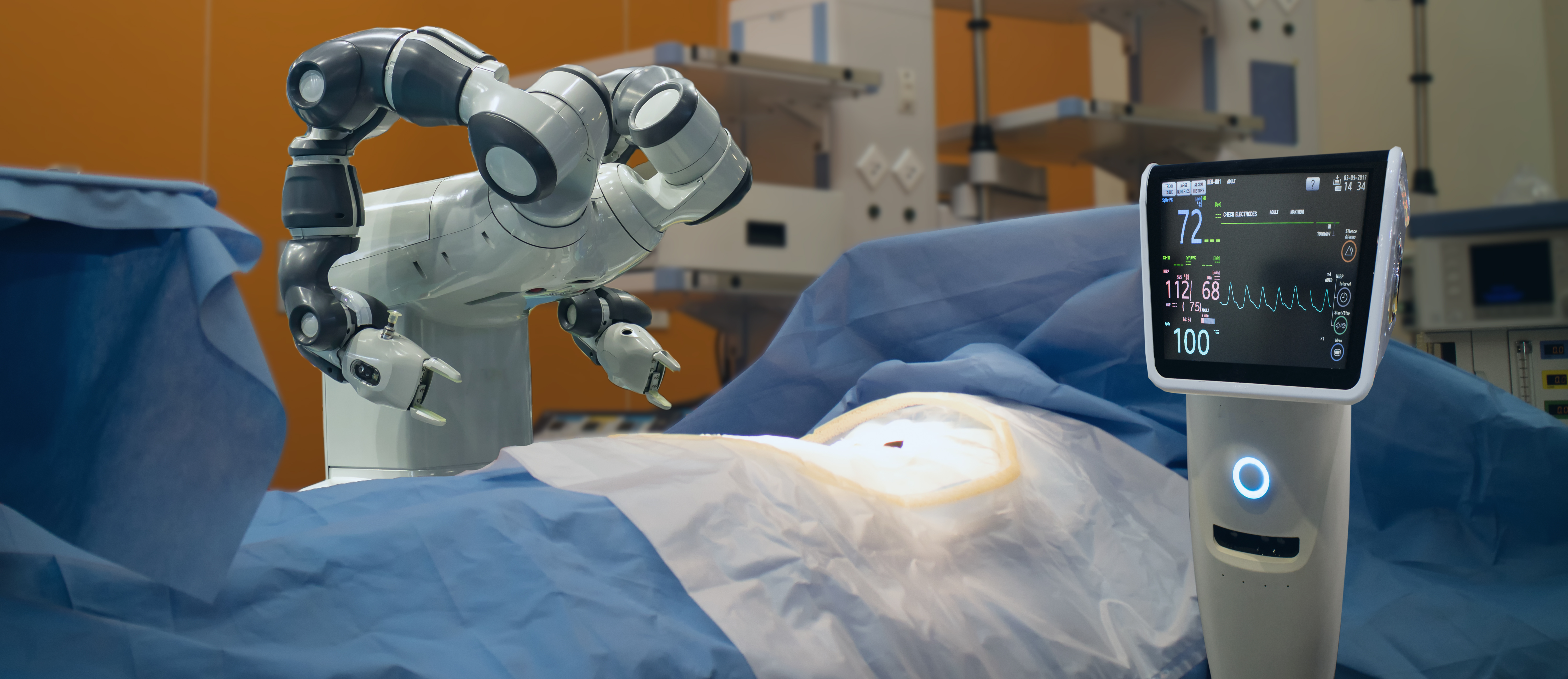
Scientists at the Icahn School of Medicine at Mount Sinai have demonstrated that AI algorithms can detect signs of pulmonary embolisms in electrocardiograms (EKGs), improving screening methods. Pulmonary embolisms occur when blood clots form and break away and clog lung arteries.
The pilot study suggests that new machine learning algorithms, when used to exploit a combination of EKG and electronic health record (EHR) data, could be more effective than current screening practices in determining if moderate-to high-risk patients have pulmonary embolisms.
“These clots can be lethal or cause long-term lung damage,” noted a Mount Sinai press release. “Although some patients may experience shortness of breath or chest pain, these symptoms may also signal other problems that have nothing to do with blood clots, making it difficult for doctors to properly diagnose and treat cases. Moreover, current official diagnoses rely on computed tomography pulmonary angiograms (CTPAs), which are time-consuming chest scans that can only be performed at select hospitals and require patients to be exposed to potentially dangerous levels of radiation.”
According to the release, with the goal of making diagnoses easier and more accessible, researchers have spent more than 20 years working to advance computer programs, or algorithms designed to assist doctors in determining if at-risk patients are experiencing pulmonary embolisms. The results, however, have been mixed.
“For example, algorithms that used EHRs have produced a wide range of success rates for accurately detecting clots and can be labor-intensive. Meanwhile, the more accurate ones depend heavily on data from the CTPAs,” the press release noted.
The researchers discovered that fusing algorithms that rely on EKG and EHR data could be an effective approach, as EKGs are widely available and relatively easy to administer. For the study, the team developed and tested a range of algorithms using data from 21,183 Mount Sinai Health System patients who indicated moderate to highly suspicious signs of pulmonary embolisms.
“While some algorithms were designed to use EKG data to screen for pulmonary embolisms, others were designed to use EHR data,” the announcement explained. “In each situation, the algorithm learned to identify a pulmonary embolism case by comparing either EKG or EHR data with corresponding results from CTPAs.”
In addition, a third fusion AI algorithm was created by combining the best-performing EKG algorithm with the highest-performing EHR one. The results indicated that the fusion model outperformed its parent algorithms and was also better at identifying specific pulmonary embolism cases than the Wells’ Criteria Revised Geneva Score and other current tests.
The team estimated that the fusion model was 15- to 30-percent more accurate when screening for acute embolism cases. Moreover, the model performed best at predicting the most severe cases and remained consistent regardless of whether race or sex was tested as a factor.
The team plans to further develop and test the algorithms for future clinical use.
Photo by Ekkasit919/Getty Images


